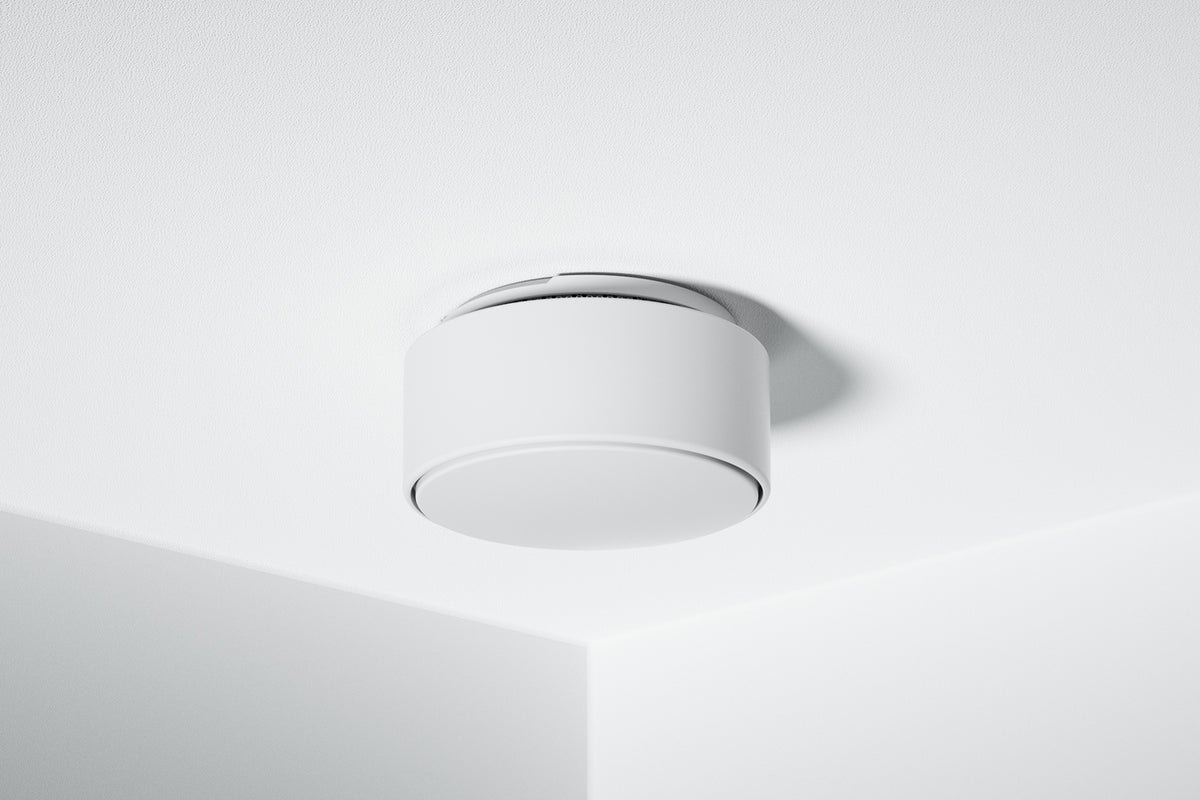Living Through the Downgrade: Kettles and Windows of the Future
How can we meaningfully change how we live when all new technology is pasted onto older and older structures? How can everyday objects inform us of a more harmonious future?
Since the 60s, our homes and work environments have remained static and unchanged, except for the screens that have made their way into every aspect of our lives. All these new digital additions are retrofits, parasitical additions to structures that have existed and been decaying for more than half a century.
Is this a indictment on our homes or digital screens? I believe the answer is both. Homes are worse built (simply see the long-term value of owning a home built in the first-half of the 20th century versus a modern build), and the digital technology we’ve introduced doesn’t have a strong enough use case to warrant its inclusion as a de facto component of the home.
Homes need light, temperature control, security, and good insulation. An Alexa device or iPad on the wall is an addition that doesn’t meaningfully contribute to the overall experience of living inside of a home. Automation is neat, but the vast majority of people still use light switches and manual thermostats to adjust the conditions inside of their home. In most cases, the simple, tactile interaction of a manual device is why it’s so hard to “digitalize” experiences with a flat LCD screens or voice-assistants.
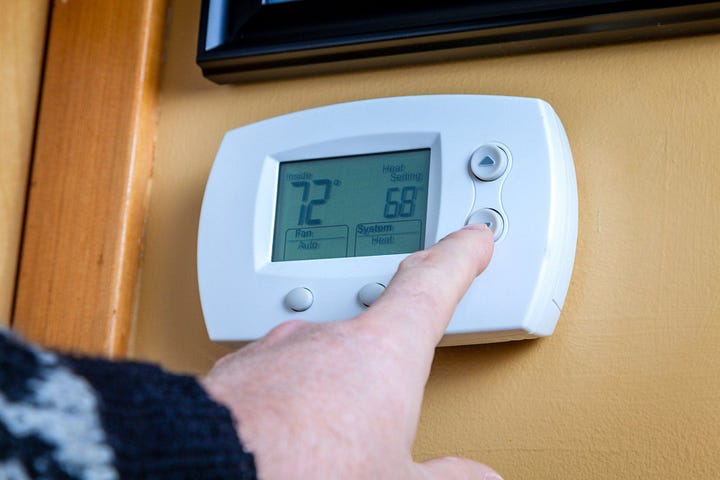
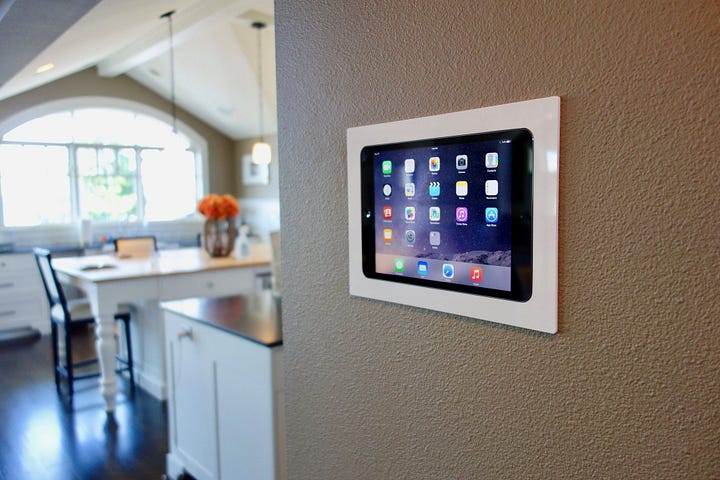
—
I would go further and say that even with a predictive AI home automation system inside the home, things wouldn’t change much. Setting aside obvious privacy issues, an at-home AI would need to work very hard to account for a family’s unique idiosyncrasies and characteristics. As everyone learned from Alexa, it only takes one mistake from the machine for it to be turned off and never used again. In the end, people want agency and physical control over their lived environment.
The home of the future isn’t one where everything is automated. This is simply not how people live or act. The future of the home is one where living is seamless—meaning that interactions with the built environment require some manual operation, yet do not require high cognitive load. Most of the time, I do not need to adjust my thermostat, but when I do, I do not want to have to think hard about how to do it (technology folks describe these as edge cases). Talking to a device or going through a bunch of menu screens to adjust my thermostat by a couple of degrees is way, way too much work.
What I’m getting at is that we’ve already created a multitude of seamless experiences at home. A kettle tells you with visual / audio cues when water is boiling—it doesn’t tell you how to make tea or how long to brew it—that’s up to you to decide. Your windows show you what the weather is outside—you don’t need to exit the house to figure out if its raining or not.
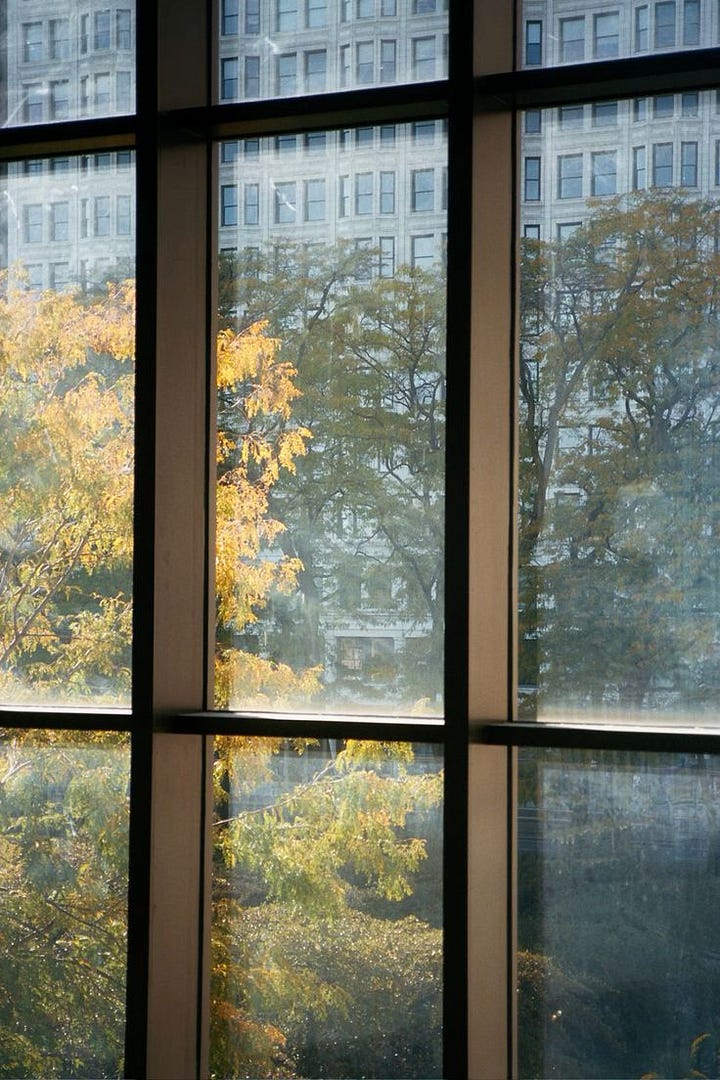

—
These examples seem trite because they are embedded in our everyday life. We forget that both of these objects (the kettle and the window) are the result of immense technological innovation. I challenge others to make digital technology as seamless to use as a kettle or window.
Good luck.
Jokes aside, digital technology opens the door to entirely new experiences that can contribute to a family’s well-being and health. There are low-hanging fruit that are already being tackled in ways that I would describe as seamless or requiring of low-cognitive load.
—
Home Air Quality:
In recent years an awareness has built up around the harm indoor air poses to long-term health and wellbeing. The challenge posed here is beyond just making the invisible visible. Its also how to incentivize people to respond to bad air quality. Companies like AirThings and Birdie have built unique interfaces and incentive structures that make people want to have clean air in their home. Although these devices are still add-ons and not built into the structure of our homes, they require low-cognitive load to use.
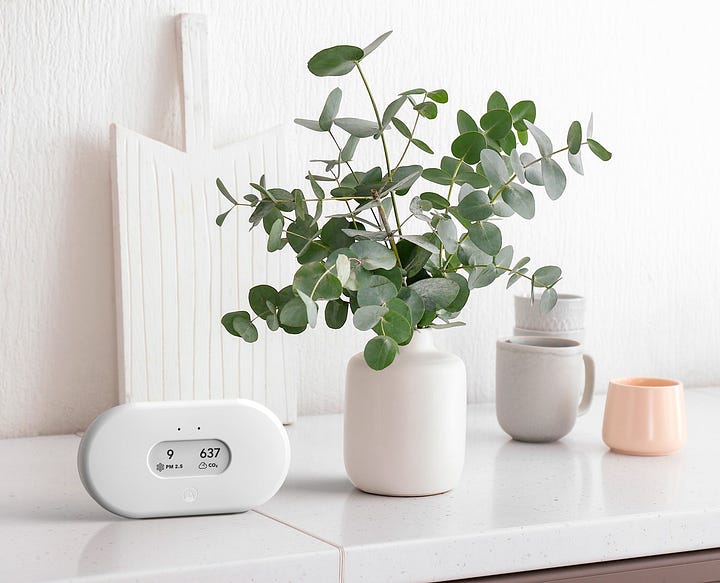
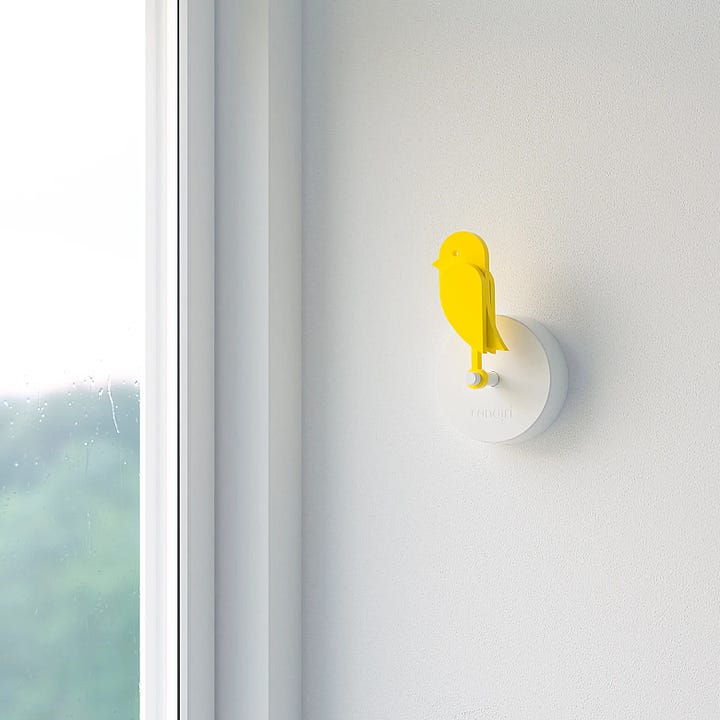
—
Mood-boosting lighting
The proliferation of LED lights in recent year have made it easier than ever to customize one’s indoor light ambiance. The drawback here is that most LED’s use a light spectrum that doesn’t have the same mood-boosting effect as incandescent lighting. Its well known that warm, natural light that mimics the sun has a considerably mood-boosting effect, especially in the winter. Companies like Waveform Lighting and Conway Electric offer modern lighting with an incandescent feel, something other players are just starting to catch up on.
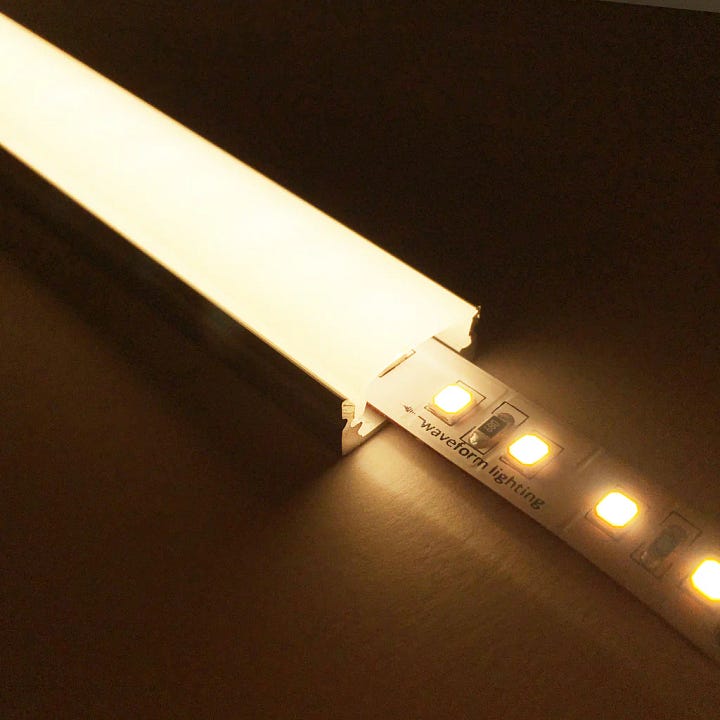
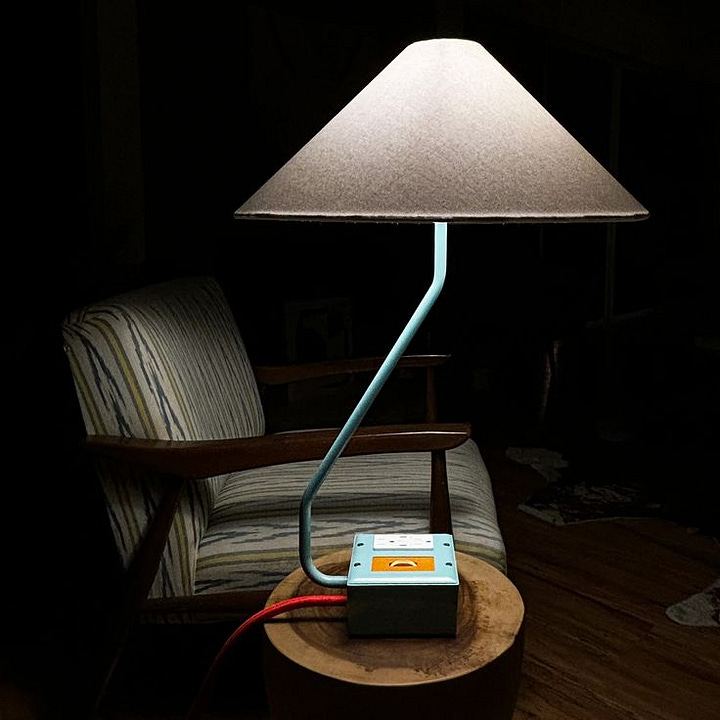
—
Presence sensing
There is something uncanny of being tracked by a motion sensor or camera in your own home. Stranger still is being tracked while inside of a short-term rental or Airbnb. The vast majority of people don’t want to be tracked (even though we’ve surrendered our privacy bit by bit). Companies like Minut have a unique approach to presence sensing that feels less intrusive than a dumb camera. Their device can detect decibel levels and specific sounds that can trigger a security system. This system is better than Alexa but runs in similar privacy issues, “you say you don’t listen to conversations, but how do I know you don’t listen to my conversations?”.
In the end, there is still a lot of work to be done in truly modernizing the home. Most of the updating revolves around the use of better and more modern materials; However, I mention digital devices because these can genuinely make living at home more seamless and less cognitively demanding experience. The question is: will home technology companies be able to break out of the default customer engagement model and rethink how technology can be used in the home?
Maybe they just need to think about kettles and windows more often.
—
Some housekeeping: I’ll be publishing paid posts every other Monday, and a shorter, free article every Thursday.





